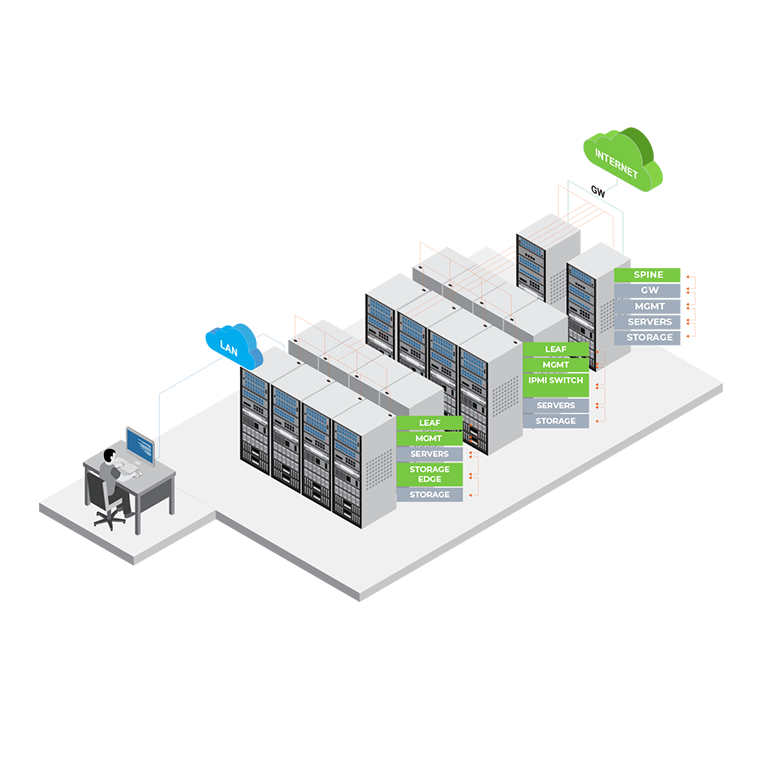What is Open Networking?
When you buy servers to host your applications, you choose the best hardware available that meets your performance specifications. You have a choice of different Operating Systems, eg the different flavours of Linux or Microsoft. Why should network switches be different?
Open standards, bare-metal switches allow you to choose the best hardware and match it to the Network Operating System of your choice, whether open-source or commercial.
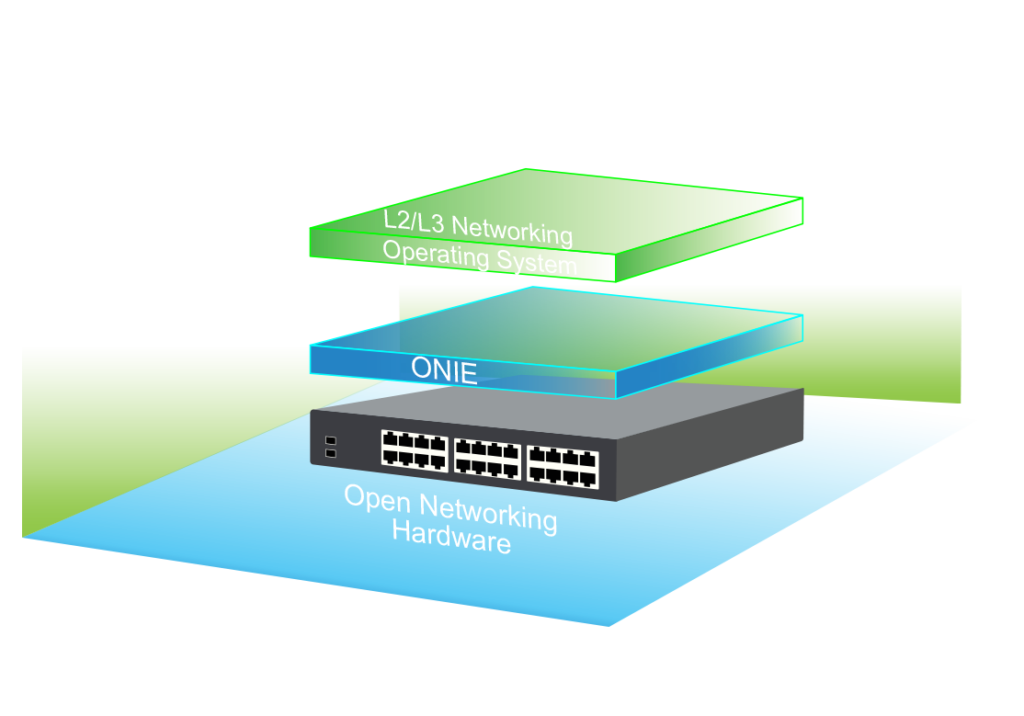

Freedom of Choice
Support the broadest set of commercial and open source software choices in the industry, providing customers with alternatives to meet their specific requirements.

Greater Control
Greater control over the development of enhanced network services, flexibility to work with best-in-class suppliers.

Rapid Innovation
Rapid innovation through community and DevOps approach.

Reduced CAPEX and OPEX
No vendor lock-ins. Stop paying for over-priced network switches.

Proven
Used by the world’s largest cloud providers and data-centers.
Network Operating Systems
Starview delivers networking solutions based on open hardware and software platforms that increase choice, freedom and greater control together with an ecosystem of commercial software partners.








Why choose Starview?
Starview sits at the center of the open networking ecosystem, bringing together the hardware and open NOS software to provide turnkey solutions for any use case, delivering value and expertise to your business. Our engineers can advise you on the best product set to suit your business needs, offering software configuration and bundling of solutions for hassle-free, consolidated shipments.
Starview provides open, scalable and cost-effective infrastructure
What is Data Center Typical Leaf-and-Spine Solution
In a leaf-and-spine topology, every leaf switch is connected to the spine switches in a mesh topology. The down links of leaf switches connect to servers, and the uplinks connect directly to spine switches or the network core. The spine switches are the backbone of the network and are responsible for interconnecting all leaf switches. Packets are allocated randomly in the entire network, so traffic is evenly distributed among the top-of-rack switches. If any top-of-rack switch fails, packets are distributed to other switches for processing.
With east-west traffic growing, operators need low-latency, optimized traffic flows to increase network performance. A leafspine network architecture makes sure that traffic has to cross the same number of devices to get to the next destination. This approach provides load balancing, the overall traffic becomes predictable and IT managers obtain a greater control over the network.
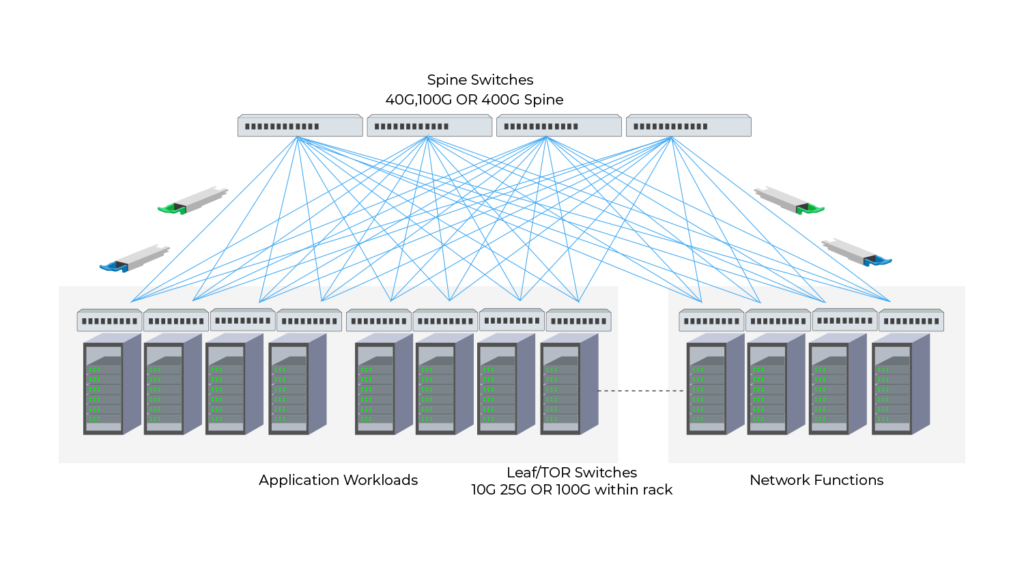
We provide optical products spanning all Ethernet data rates currently deployed, from 100Mb/s to 400Gb/s. QSFP products supporting link distances of up to 500 meters over multimode fiber, distances over single mode fiber of up to 20km on 100G QSFP28, 40km on 40G QSFP+ and 80km on 10G SFP+. If you need to connect your data centers over metropolitan or regional networks, ourcoherent CFP2-ACO modules can support distances beyond 500km.
We deliver industry-leading open networking hardware and software solutions for data centers, telecommunications service providers, managed service providers, and enterprises.
Governments want the best and most cost-efficient equipment
Inspired by the success that hyperscale data center operators and enterprises have had with open networking solutions, governments are also looking for open networking systems to guard against vendor lock-in, enhance network services and flexibility, gain greater control, and reduce operating expenses.
- High-speed switching capacity, handling a large number of users.
- Comprehensive security and strict control over system information security.
- Simple and user-friendly interface for configuration and management.
- Easily scale when needed.
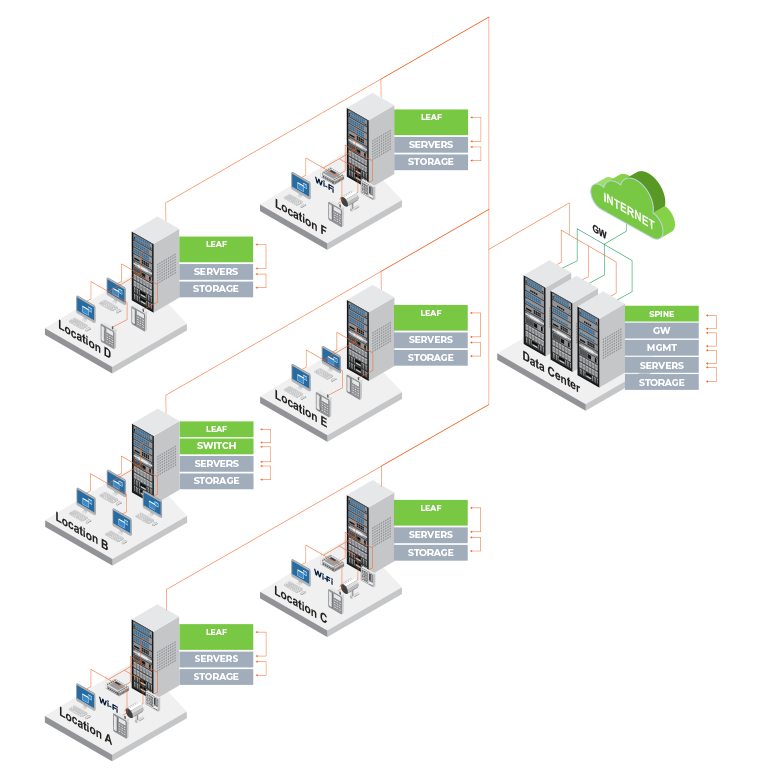
Enterprise infrastructure for hyperscale networks
The trend of disaggregated networks has led to the emergence of new scale-out blueprints that dramatically change the infrastructure landscape. It provides more flexibility and scalability for enterprises to reduce operational costs, as well as a reduction of the TCO. Enterprises are looking to deploy the latest technologies and allow for the faster diffusion of technologies in a controlled environment, offering added-value for their end customers.
Edgecore cloud data center solutions support enterprise infrastructure for hyperscale networks with flexible deployment and automation capabilities, which maximizes operation efficiency and meets scalability and growing requirements
- Transform a complex network design to an easy-to-configure structure;
- Reduce the Total Cost of Ownership (TCO);
- Deliver a reliable and high-quality network for business;
- Easy to replicate and scale the network infrastructure.
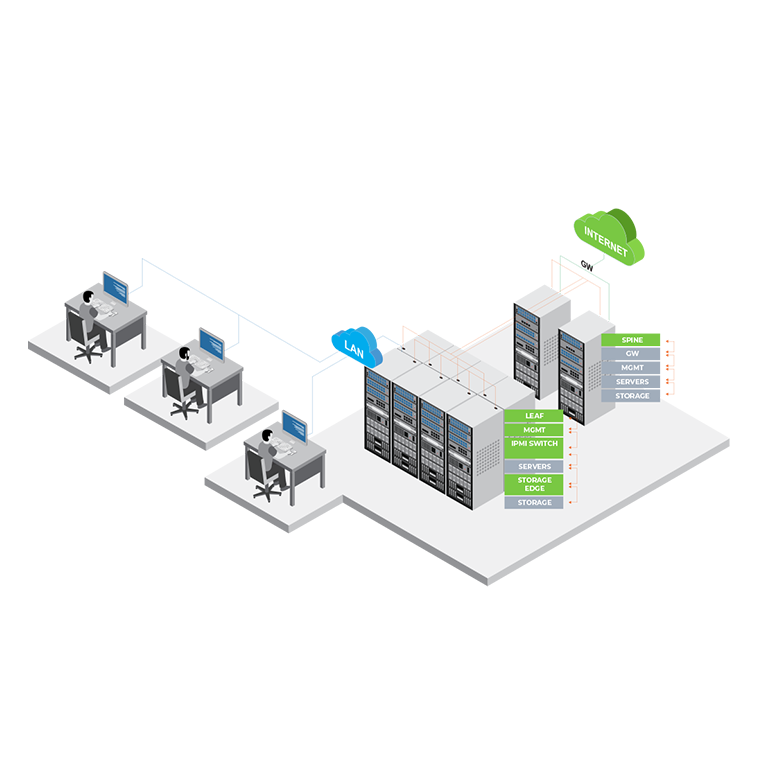
Fast, scalable, and flexible design
Service providers need to expand the network scale, accelerate and simplify provisioning, and improve automation and scalability in their data centers to optimize their ROI.
- Deliver a high-availability and secure network service;
- Dynamic scalability of the networking infrastructure as business grows;
- Quick set-up and easy-management system;
- Reduce CAPEX and OPEX;
- Retain agility and avoid the threat of vendor lock-in.
